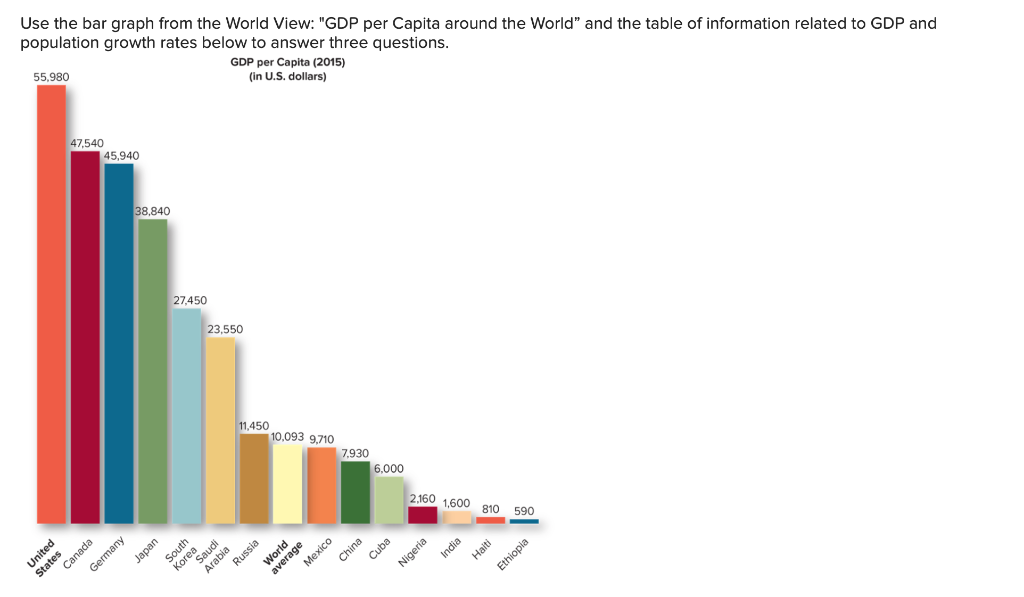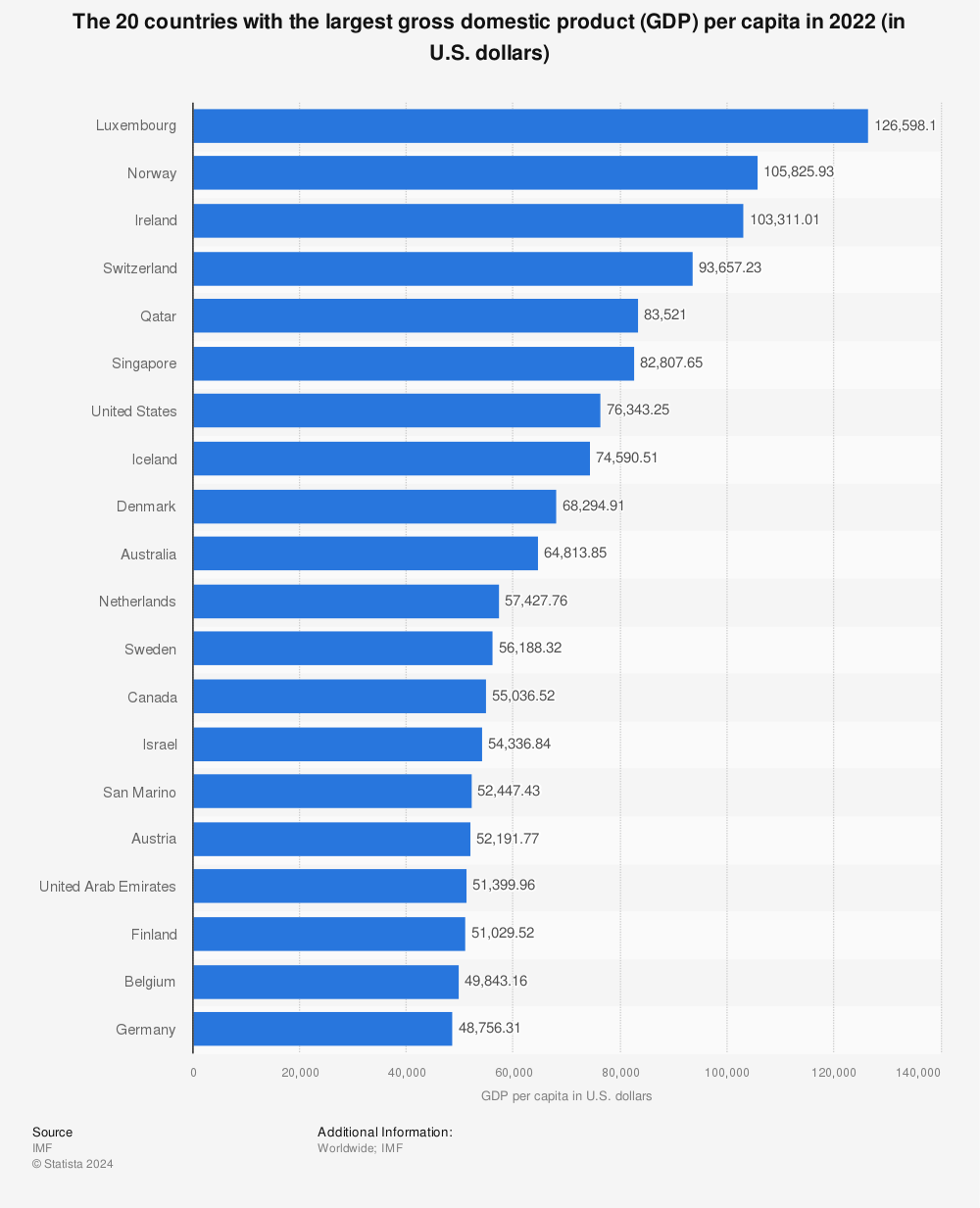

ICONOMY PER WORLD UPDATE
These projections are based on the latest update of a detailed long-term global growth model first developed by PwC in 2006. This is one of the key findings from the latest report from PwC economists on the theme of the World in 2050: The long view: how will the global economic order change by 2050? This presents projections of potential GDP growth up to 2050 for 32 of the largest economies in the world, which together account for around 85% of global GDP. The long-term global economic power shift away from the established advanced economies is set to continue over the period to 2050, as emerging market countries continue to boost their share of world GDP in the long run despite recent mixed performance in some of these economies. Colombia and Poland have potential to be the fastest growing large economies in their respective regions – Latin America and the EU.Nigeria has potential to rise up the global GDP rankings, but only if it can diversify its economy and improve governance standards and infrastructure.Turkey could overtake Italy by 2030 if it can overcome current political instability and make progress on economic reforms.UK could grow faster than the EU27 average in the long run if it can remain open to trade, investment and talented people after Brexit.

The EU27’s share of world GDP could fall to below 10% by 2050.Vietnam could be the world’s fastest growing large economy over the period to 2050, rising to 20 th in the global GDP rankings by that date.By 2050, six of the seven largest economies in the world could be emerging markets.India could overtake the US by 2050 to go into 2 nd place and Indonesia could move into 4 th place by 2050, overtaking advanced economies like Japan and Germany.China has already overtaken the US to be largest economy based on GDP in PPP terms, and could be the largest valued at market exchange rates before 2030.World economy could double in size by 2042.Latest PwC report projects that for GDP measured at purchasing power parities (PPPs):


 0 kommentar(er)
0 kommentar(er)
